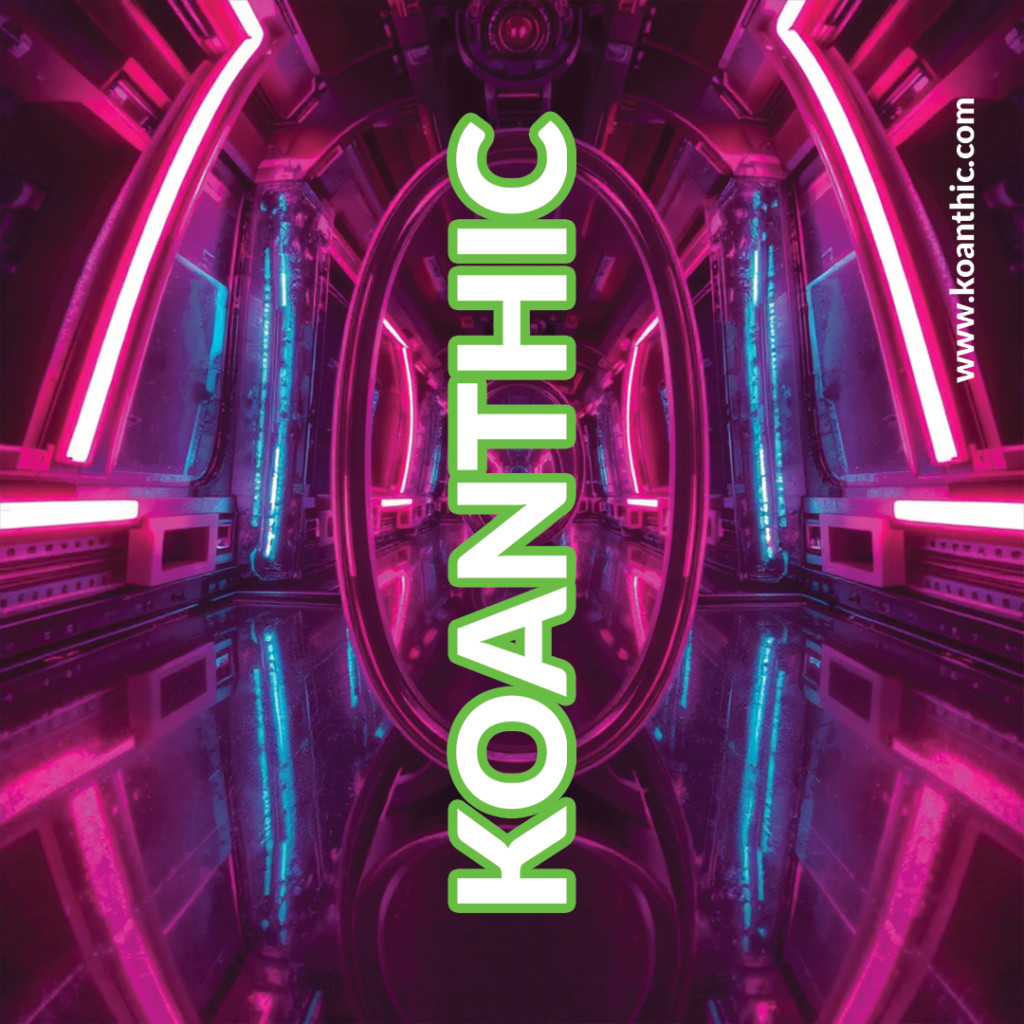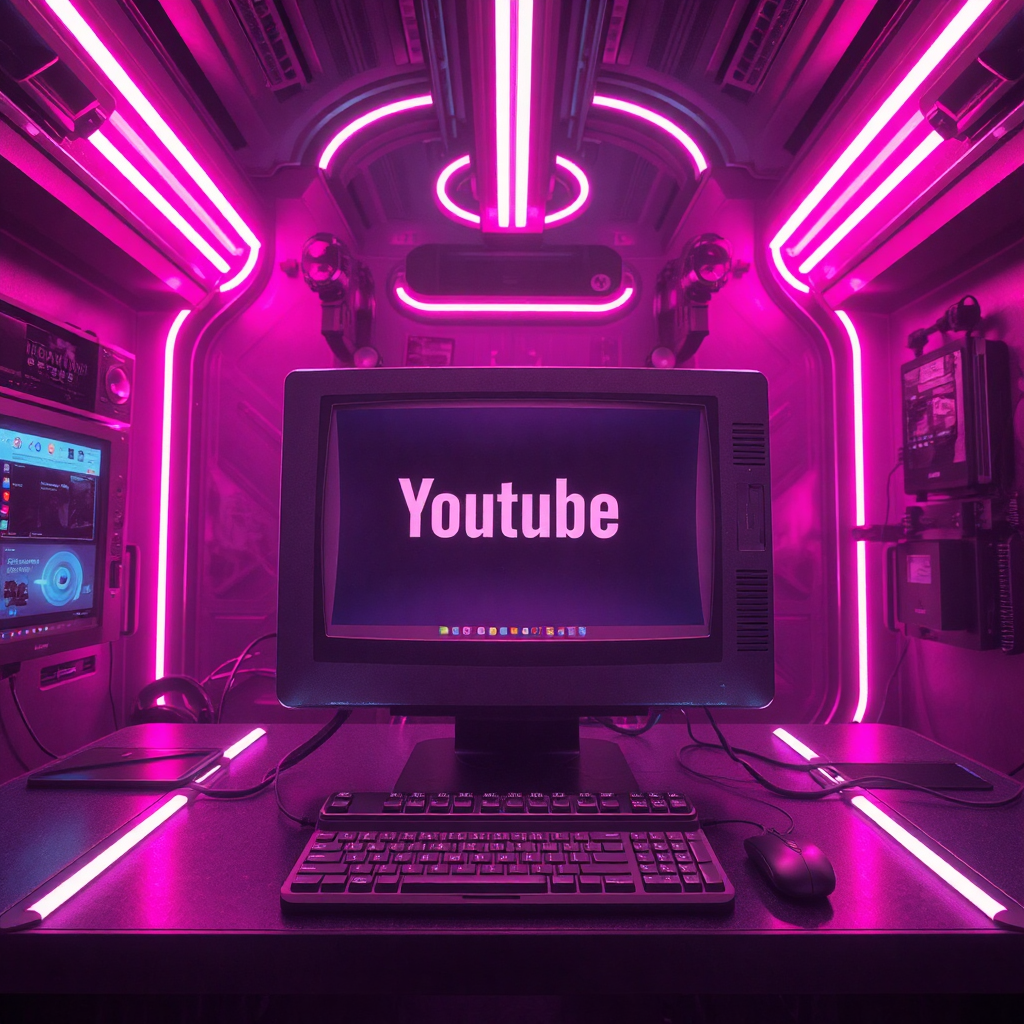SEO & SEM: The dynamic duo of web traffic
SEO and SEM, dynamic tactics!
Search engine marketing (SEM) and search engine optimization (SEO) are essential techniques for attracting users to your website properties.
These basic tactics are similar, but not identical.
SEM and SEO are often confused, not least because these acronyms differ by just one letter.
Of course, if they were the same thing, they wouldn’t be called different things.
What’s more, it’s the acronym that’s different, not the underlying meaning.
I’ve found an easy way to remember these different tactics.
These can help you make a difference to your extended strategy teams.
If you’re a content strategist, it’s essential to know how SEO and SEM work together.

SEM: paid advertising to drive traffic to your website
For SEM, the “M” might as well stand for “money”.
It’s a nod to the fact that it’s a direct expense.
SEM works for a wide range of click-through traffic to websites, mobile properties, YouTube, apps, and more. Google and Bing offer brands many options for generating traffic. For simplicity’s sake, let’s talk about website traffic for now, although your specific needs may involve another channel.
It was pointed out that this was not marketing at all.
It isn’t.
SEM is primarily paid advertising.
At one point, there was an effort to rename this search engine advertising, but the name didn’t stick.
The dominant player in SEM is Google.
Its Google AdWords platform accounts for the majority of its billions of dollars in revenue.
Google earns money every time someone clicks on a paid ad, which is why SEM is also known as pay-per-click (PPC).
Google AdWords and Microsoft’s Bing Ads both operate on a similar auction-style model.
Ad slots are limited, and users bid for the best slots.
The most qualified bidder (more on this later) gets the highest position.
It’s interesting to note that SEM is directly linked to SEO.
We’ll come back to this later, but first let’s define SEO.
SEO: Organic results to drive traffic to your website
When it comes to SEO, the “O” can just as easily stand for “onsite”.
Indeed, what you do on your site determines how search engines read and rank your website.
As before, SEO is important for all channels, including mobile resources.
SEO and SEM have a direct relationship.
The quality of your website’s content determines how much you pay for ad clicks.
This may seem a little counter-intuitive, since Google AdWords operates on an auction-type model.
Let me explain
The quality of a keyword is determined by multiple factors that are both simple and complicated.
Google and Bing read your site, index it and determine how effectively you respond to a search engine query.
It’s a basic concept, but SEO is a complex and ongoing challenge.
Search engines survive by providing you with the right search results.
Since search engines also live and die by their revenues, they want to provide the right ads.
Certain sectors can outbid others, which is why Google was the first company to limit advertising space to the best pages.
In fact, Google sometimes won’t even let certain unqualified sites advertise.
At a time when every website is chasing the same dollars, it seems counterintuitive that Google would refuse any revenue. And yet, it works. Ads are often so well qualified that you can get a better result from an advertiser than from an organic result.
Some marketers and content strategists are skeptical that an ad will work, but sometimes ads are the best result for a search query.
If a user is looking for a company or product that solves their problem, it could be a well-placed Google AdWords ad that leads them there.
In fact, whenever I develop a strategy for a brand, I hope that the main competitors are SEM opponents.
If there’s less competition for keywords, my limited budget will generate more leads.
Organic search results present benefits and challenges that SEM can help solve for brands and potential customers.
SEO and SEM: the dynamic duo
It was a simple way of explaining the relationship between the dynamic duo of website traffic: SEO and SEM.
These tactics are both important for modern website builders, brands and marketing teams.
Many modern teams don’t make enough use of SEM.
They think (usually mistakenly) that SEO will be enough to attract qualified users to their website.
At one time this may have been true, but the web is in fact a dynamic channel, and things change all the time.
SEO is incredibly important and requires constant maintenance.
It is not a trivial effort that can be “set and forget”.
Google is constantly tweaking its algorithms to deliver better results to… well, us.
That means they have to evolve their results to reflect the thousands of new content resources that are published on the Web every day.
Your website may have been the best resource for a particular piece of content yesterday, but it may no longer be the best resource today.
SEM is important for a number of reasons.
If you do a keyword search in your category (not specifically for your brand name), count how many results Google displays.
If your brand doesn’t appear on the first page, consider how a few hundred dollars can elevate you to the top of the search engine results page (SERP).
It can actually be a few thousand dollars a day, depending on your category, but you need to consider all the people and companies bidding on important keywords.
If it’s an important “battlefield keyword” that you need to win on, you may have no choice but to invest advertising dollars in SEM.
SEO and SEM are a dynamic duo for your business.
Digital channels are constantly evolving.
If your business depends on bringing qualified users to your website, SEO and SEM need to be part of your tactical toolbox.
Next steps for content strategists
This is a fairly basic view of two complex traffic generation tactics.
I hope these simple explanations and links give you a good starting point for further research.
Remember that SEO and SEM are dynamic tactics.
Techniques that work today may not be effective next year.
This means you need to devote time and resources to the ongoing optimization of your SEO and SEM campaigns.












